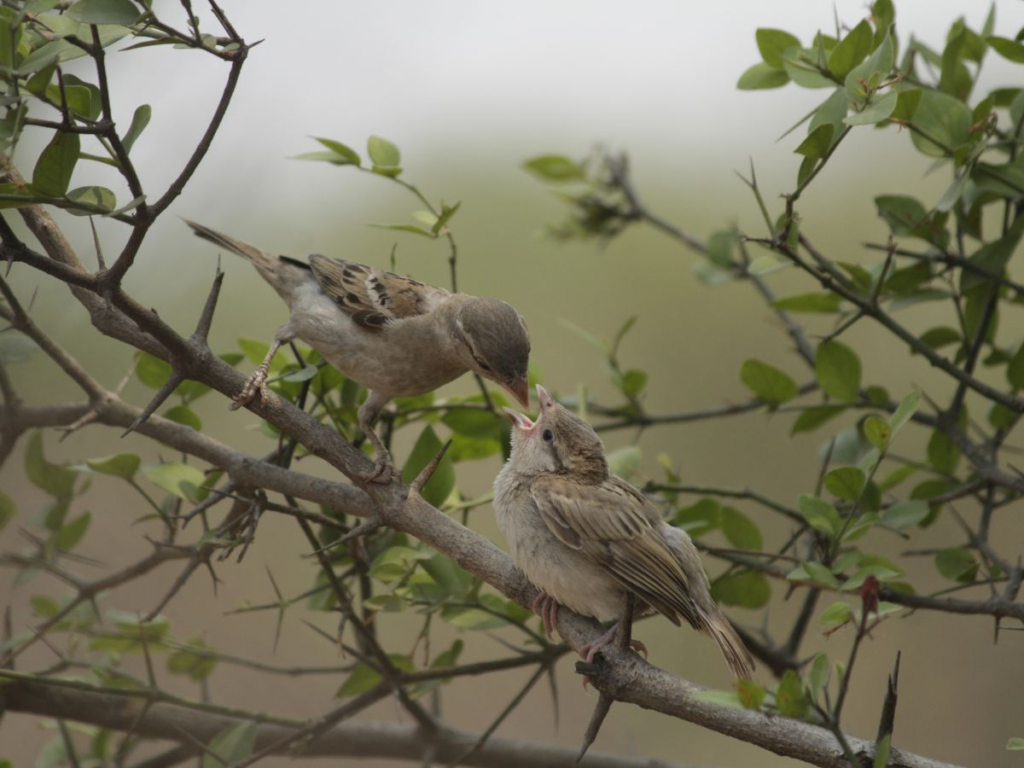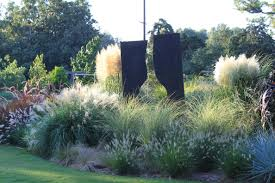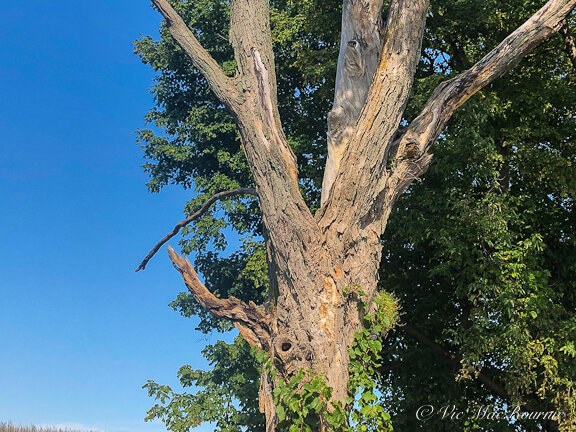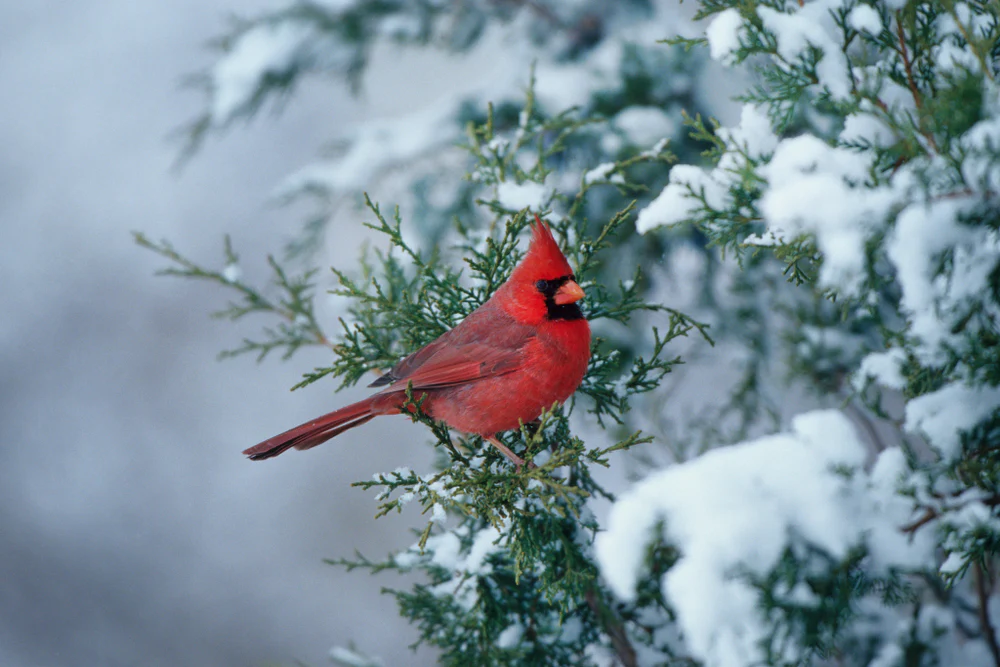Bird populations are declining globally, with many species seeing dramatic reductions, especially those that depend on wetlands and grasslands. In North America and Europe, these habitats are rapidly disappearing, further threatening these birds. However, there are simple ways you can help winter birds survive and thrive, particularly through providing them with food, shelter, and safe spaces to wait out harsh winter weather.
Feeding birds in winter is an important step in supporting their survival. Birds that receive proper nutrition are healthier, live longer, and produce more offspring. But feeding alone isn’t enough; birds also need places to rest and seek shelter during storms or cold snaps. While birds don’t nest in winter, they do need safe, secure spaces for protection.
Here are some effective ways to provide winter habitat for birds in your garden:
1. Brush Piles for Shelter
One of the easiest and most effective ways to support winter birds is by creating brush piles. These piles offer birds shelter from the cold and wind, while also providing food in the form of insects and small critters like pill bugs. Birds such as mourning doves, sparrows, and wrens love to rest in brush piles.
To create a brush pile, start by placing large branches and logs at the bottom and smaller twigs on top. You can also add items like broken flowerpots or old pipes to give critters extra hiding places. Position the pile in a spot where you can easily observe it from a window, so you can enjoy watching the birds that frequent it. Brush piles also provide cover and safety for other wildlife, making them an excellent addition to any garden.

2. Ornamental Grasses for Ground Feeders
Many bird species that have declined over the years once thrived in expansive grasslands. While you may not have the space to recreate a prairie, large ornamental grasses can help provide shelter for ground-feeding birds like juncos and white-throated sparrows.
The base of a large grass clump provides a protected area that stays clear of ice and snow, even when the top is flattened under the weight of winter’s snow. Leaving the grass intact throughout the winter gives these birds a safe place to forage and stay out of the elements. Additionally, other plants like raspberries and weeds can also create dense thickets that offer cover and food for birds.

3. Evergreens for Winter Cover
Evergreen trees and shrubs are valuable for winter birds. The dense foliage of evergreen shrubs like boxwood provides birds with secure, sheltered spaces, blocking strong winds and snow. Even on the coldest days, these shrubs can serve as a refuge for birds, who often seek cover among their branches.
Evergreen trees, particularly pines and other conifers, offer roosting spots for birds seeking a cozy place to rest. The thick branches provide protection from the elements, making evergreen trees especially attractive to birds that prefer staying high up in the treetops.
4. Dead Trees as Wildlife Havens
While dead trees might seem undesirable, they are incredibly beneficial for wildlife, including birds. Standing dead trees, also known as snags, provide important shelter, especially for woodpeckers and other cavity-dwelling birds that rely on holes for roosting. These trees serve as safe winter refuges, where birds can shelter from the cold in snug crevices.
It’s recommended to leave dead trees standing if they’re safe to do so. A single dead tree can provide essential resources for birds and other wildlife for many years. For example, when a white pine in my yard died, we kept it standing, and it provided habitat for insects, birds, and even a small opossum until it eventually fell.

Conclusion
By creating these simple yet effective habitats, you can support winter birds in your garden, helping to ensure their survival through harsh weather and declining natural spaces. Whether through brush piles, ornamental grasses, evergreens, or dead trees, you can make your garden a vital resource for local wildlife.
